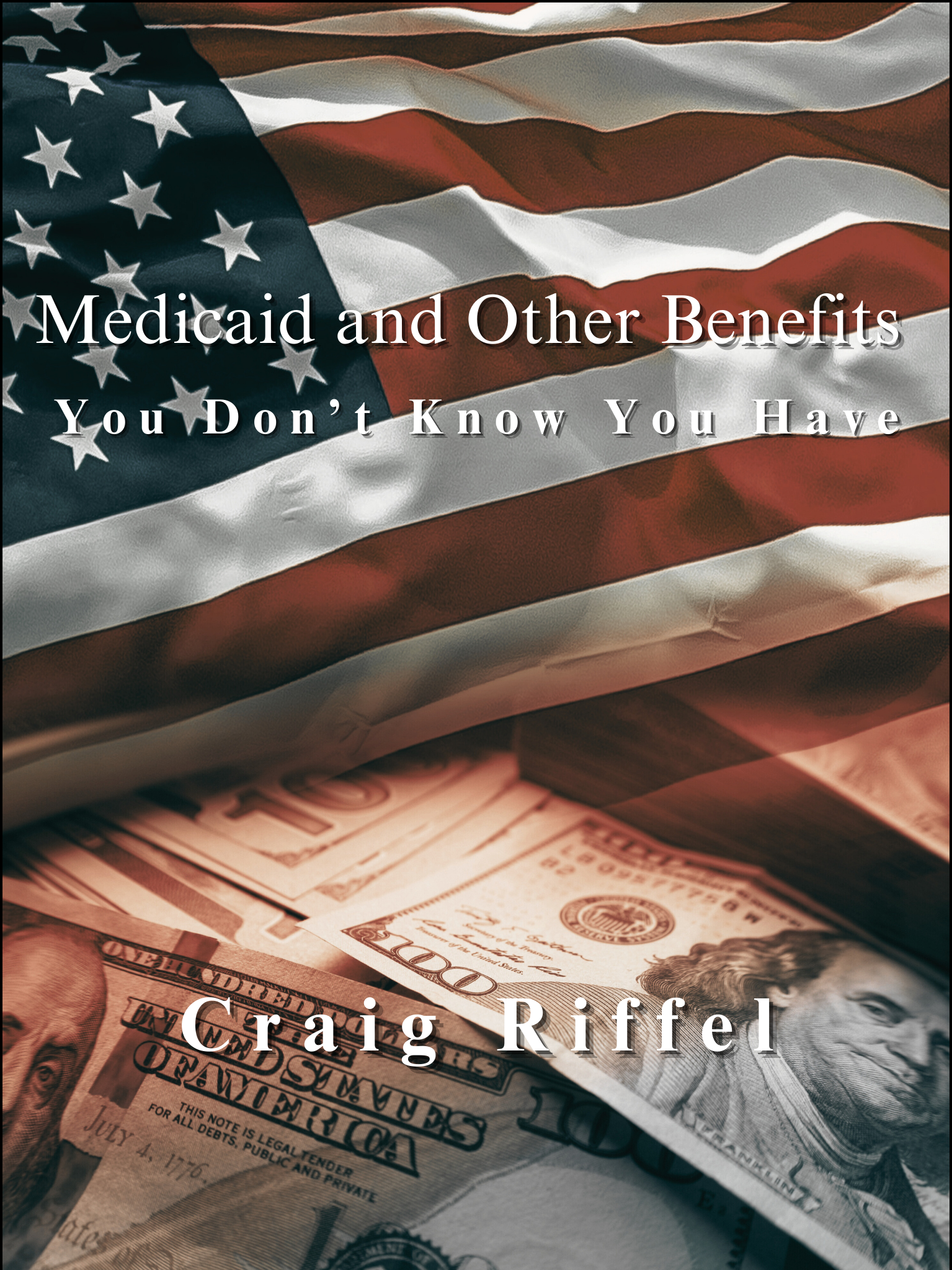

Craig Riffel was constantly being asked for written information about Medicaid and the planning his Law Firm was performing for clients. In response, Craig has written and published a book titled, “Medicaid and Other Benefits You Don’t Know You Have” as show below:

The cost of the book is $20.00 for hard copies and $10.00 for electronic copies.
You can purchase a hard copy of the book from Senior Resources & Benefits, LLC (“SRB”). To purchase the book from SRB, contact SRB by calling toll free at 1-800-407-9302 or emailing her at jgoodman@SRBLLC.com.
You can also purchase either a hard copy or electronic copy of the book from either Barnes & Noble or Amazon. The book can be purchased from Amazon here and Craig's author page is available at www.amazon.com/author/craigriffel. The book’s Table of Contents is as follows:
* The following questions are discussed under Chapter IV, Subchapter F: